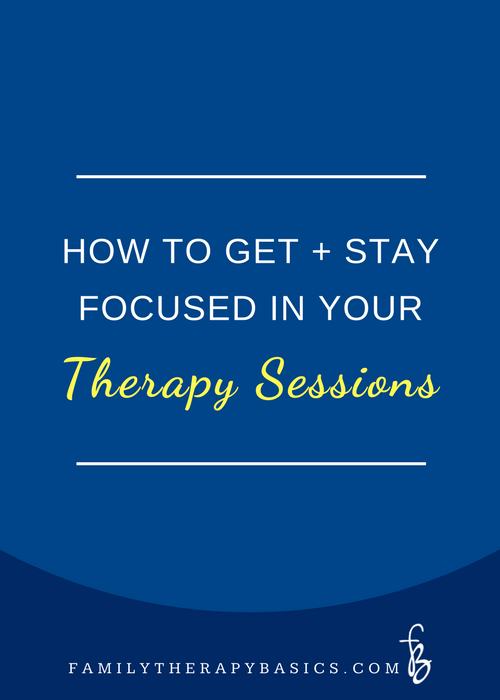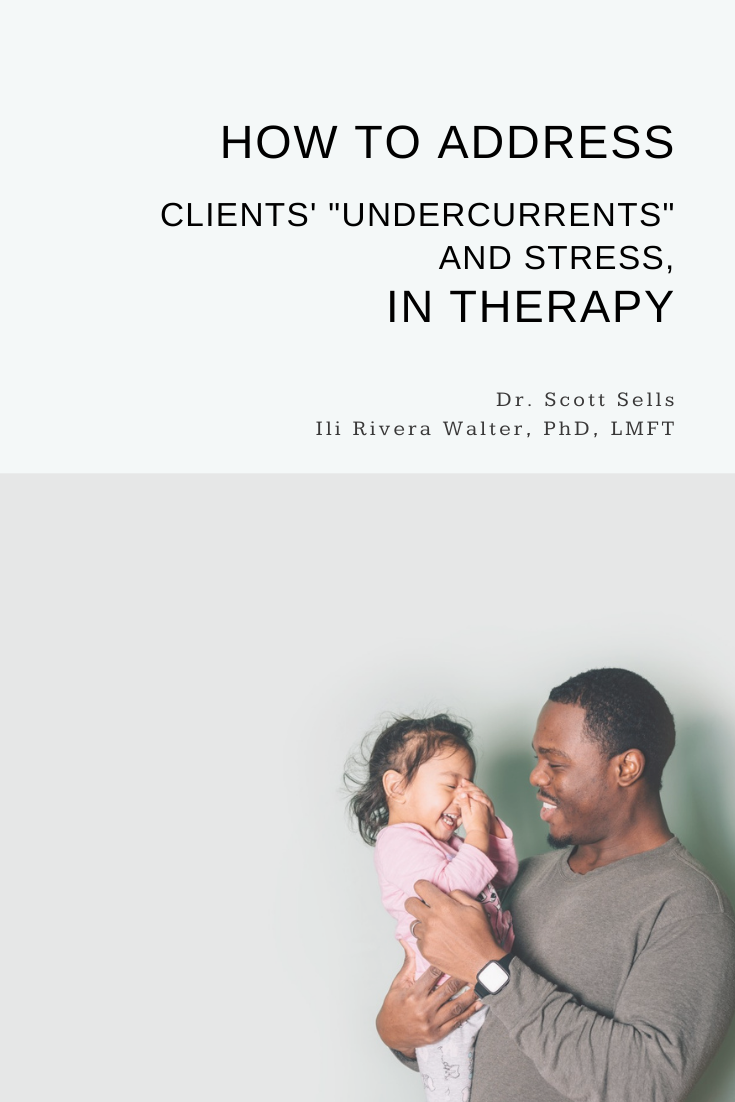Dr. AnnaLynn Schooley returns this week to discuss how we can get and stay focused on clients' larger purpose for being in therapy, whether in our present session, or over the course of several sessions.
Dr. Schooley and I have discussed the art and science of therapy, as well as how to craft intentional questions. In this video, we develop ideas related to how you can get an intention and have a focus in session, at any given moment, that connects to what clients want to achieve through the therapeutic process.
View the video, or read the details, below.
Dr. Schooley and I created a full-length masterclass on this subject for The Refreshed Therapist Network, and online community for the therapist life. Learn more about the network.
Capturing the Client's Goal
We must remember to ask, “What would you like to work on?” We often remember to ask “What brought you in [to therapy]?”, which invites the problem. But we don't always remember to ask, "What would you like to have at the end of this?"
If you fail to ask, you wander in the wilderness, or you start imposing your own agenda on the family.
This touches on the importance of getting a sense of both the problem and the goal early in therapy. It can be the goal only for that session. And, it may be necessary to ask multiple times in one session. As clients share stories, we can ask, “So, is that also something you want to be sure that we work on?”
The Tent Pole Metaphor
MRI (Mental Research Institute family therapy approach) therapists would take a look at all the “problems,” and consider what they all have in common, so that we are really working on one issue. The common issue is “the tent pole.” The tent pole “problem,” or the tent pole “goal.” That way, you’re not straying very far from the center (i.e., the tent pole). But, if you don’t have a tent pole holding up the system, then you have a mess. So, that’s the purpose of getting a focus.
The tent pole answers the question of how to bring many clients, with mismatched agendas, to see common denominators, or the goal that fits for everyone. Or, there can be three big tent poles, as long as we understand (and work as if) everything is connected. Everything is connected to everything. Eventually, through our skills, we can figure out how they’re connected, and how everybody can get something of what it is that they’re wanting.
The way that we get and stay focused in sessions is to see the connections and work the definition of the larger goal (the tent pole).
Process vs. Content
This speaks to process versus content. For example, in our last chat, we discussed how to use questions to get content, but that’s only useful as it leads us to process. And that process is definitley about those connections--the connections in ideas, the sequences of things, the meanings that people bring to whatever is going on. That’s why a similar thing can be a problem for one family and not a problem for another family--because of the way they conceptualize it and think about it.
3 Ways for Us to Goof Up In Sessions
1 | Work on the wrong problem
The family is in the session; they say they want help, and you go “full tilt” down that road. Because you didn’t ask “And, what would you like at the end of all of this?”, you end up working on the wrong problem.
2 | Work with the wrong people
In this scenario, the people that can actually effect change are not in the room, or not being invoked. The family is in therapy, but it’s the school system, or the juvenile justice officer, or the child welfare officer, or some other “player," that can catalyze change. Maybe grandma has tremendous power in this family, but she’s not in the therapy room. So, if you have the wrong people, often you’re stalled, because you can’t move forward.
That’s something else to check out as you focus: What do you want to accomplish, and who has the power to make that happen?
If they can't be in sessions, invoke them by using relational and circular questions.
3 | Getting invested in an outcome
Stay the qualitative researcher--someone who does not try to change things, but wants to understand what is. We can stand on the belief that change is inevitable--that the one constant in the universe is change. Things are going to change; there is always change. So, I don’t have to push change. I don’t have to make that happen.
Now, we can tweak and tap things so that they might go in a direction that would be more advantageous. But, if I get invested in an outcome--particularly if I get invested in an outcome that I haven’t checked if that’s what the family wants--then, I might as well pay them. It’s now my therapy, not theirs.
Figuring out a way to not be invested in an outcome: The couples stays together, or doesn't stay together; the kid goes to school, or doesn’t go to school.
If I don’t get invested, I maintain my flexibility, and I also maintain the option to look at lots of different ways to accomplish many different things. How does this kid not go to school, but become a responsible adult and make a contribution to the world? Those are the kinds of questions that occur to you, if you don’t get invested in an outcome.
Remember the idea that whatever this problem means in the family is also part of the problem. It’s this big thing, and now it’s defined in these ways, and the person is defined in these ways as well.
How to not get invested
Ili: What is something we can notice when we are invested?
It’s easier to figure it out by watching somebody else do it wrong. It can be difficult.
Certainly, when you’re finding your clients are shutting down. Or, they’re not with you, because you’re not with them.
The most overt way to avoid this is to remind yourself to ask, “Is this what we’re working on?” “Remind me again where we’re going?” Remind yourself to ask that often--at least every session. And maybe multiple times throughout the session. This is the reason we do treatment plans, because if we don’t do them, we run into the two “sins” of: a) not accomplishing anything, or b) getting too invested.
Summary
By continuing to check in with what is the focus of our work--what is it that the client wants at the end of all of this--we can constantly check ourselves to make sure that we’re not invested in an outcome.
And, even if the client is invested in an outcome (e.g., “I absolutely want this kid to go to school), I still have to not be invested in that. I still have to say, “So, just for the sake of talking, “What if he never does graduate from high school?” “What is the future you see for him?” “What would you think of him as a person?” “How can he still be successful in life even if he doesn’t do that?”
I have to be willing to keep that possibility in the air, not because I’m trying to convince them to “get off the kid’s back,” but because I’m always wanting to keep lots and lots of options “in the air.” As long as I don’t get invested, then I’m able to do that--keep those options in the air.
Do we align with the client on their goal? Or, is it ever useful to align with the client? Certainly not at the expense of being able to hold many possibilities for clients.
I've put together a cheat sheet of all the questions Dr. Schooley offers on this subject, called the Questions for Staying Focused Cheat Sheet. Grab your copy in the free resource library.
Let's Chat
- What one thing was helpful to you from this post/video?













